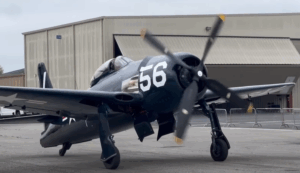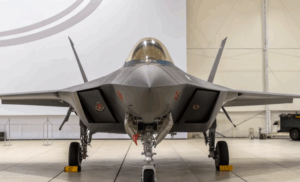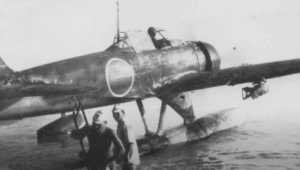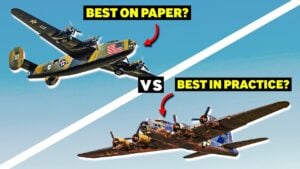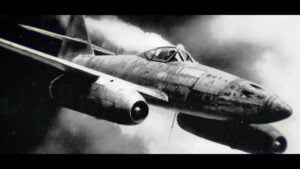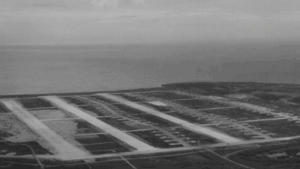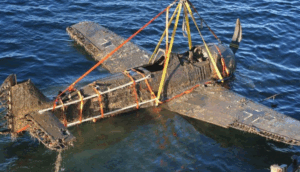5 Strangest WWII Aircraft Designs That Actually Worked Better Than the Others

Air2Air / YouTube
During World War II, nations experimented with unique and sometimes unusual aircraft designs to gain an advantage in the skies. While many of these ideas failed, some strange designs ended up working surprisingly well. These aircraft proved that unconventional thinking could sometimes lead to success during the war.
Blohm & Voss BV 141 (Germany)

The Blohm & Voss BV 141 was one of the strangest aircraft designs of World War II. It featured an asymmetrical layout with the cockpit and crew compartment on one side of the fuselage and the engine mounted on the other. This unusual design allowed for excellent visibility, which made it ideal for reconnaissance missions.
Despite its odd appearance, the BV 141 performed well during testing. It was stable in flight, and its unique design gave pilots an advantage when conducting observation missions. However, the plane was never mass-produced because German military priorities shifted to other aircraft. Still, it remains one of the most successful unconventional designs of the war.
Northrop P-61 Black Widow (United States)

The Northrop P-61 Black Widow was the first American aircraft specifically designed as a night fighter. It featured a twin-engine layout and a large, radar-equipped nose that allowed it to detect and intercept enemy planes in total darkness. Its design stood out due to its size and bulky appearance, which was unlike most sleek fighter planes of the era.
While it looked heavy and unconventional, the P-61 proved to be highly effective. Its radar system allowed pilots to find and engage enemy aircraft at night, giving the Allies a significant advantage. The Black Widow was used successfully in both the European and Pacific theaters, where it shot down bombers and reconnaissance planes that operated after dark.
Vought F4U Corsair (United States)

The Vought F4U Corsair had an unusual design with its distinctive inverted gull wings. This wing shape was created to accommodate its large propeller and powerful engine while keeping the landing gear short and strong. The design gave the plane a unique look compared to other fighters of the time.
Although the Corsair faced some issues during its early testing, it quickly became one of the most effective naval aircraft of the war. Its speed, firepower, and ability to take damage made it a favorite among American pilots. The inverted wing design also allowed it to operate from aircraft carriers, giving it an edge in Pacific naval battles. The Corsair’s strange appearance was matched by its combat success.
Messerschmitt Me 163 Komet (Germany)

The Messerschmitt Me 163 Komet was the only rocket-powered fighter to see combat during World War II. Its compact design and sharp, delta-shaped wings gave it an unusual look. Unlike traditional fighters, the Me 163 did not rely on a propeller. Instead, it used a rocket engine that allowed it to climb at incredible speeds.
The Komet’s rocket engine gave it unmatched speed, making it difficult for Allied fighters to intercept. It could reach altitudes and speeds that were unheard of for the time, giving it a brief edge in combat. However, its short flight time and dangerous fuel made it difficult to operate effectively. Despite these challenges, the Me 163 remains one of the most unique and innovative aircraft designs of the war.
Horten Ho 229 (Germany)

The Horten Ho 229 was an experimental aircraft developed in the later years of the war. It featured a flying wing design, which meant it had no fuselage or tail. This gave it a futuristic appearance and reduced its radar signature, making it one of the earliest examples of stealth technology.
The Ho 229 was powered by jet engines, which gave it impressive speed compared to traditional propeller-driven fighters. Its flying wing design also improved its aerodynamics, allowing it to glide efficiently through the air. Although it never entered full production, the Ho 229 demonstrated the potential of jet-powered and stealth-capable aircraft, influencing later aviation developments.














